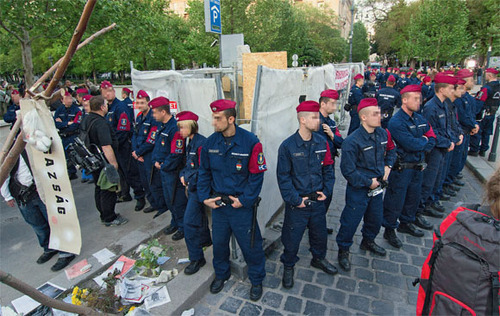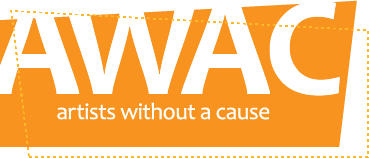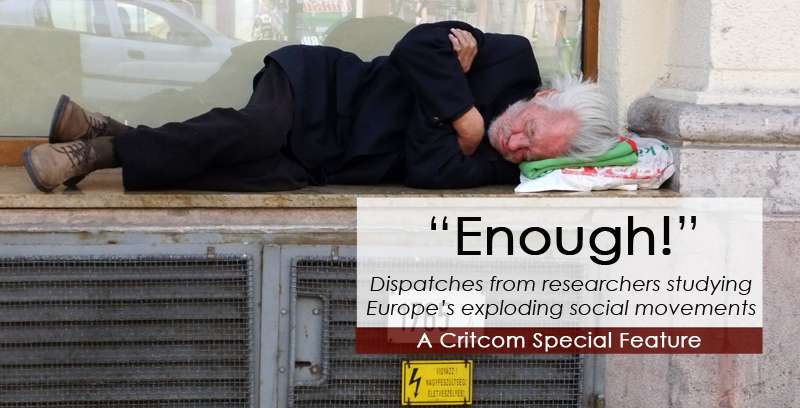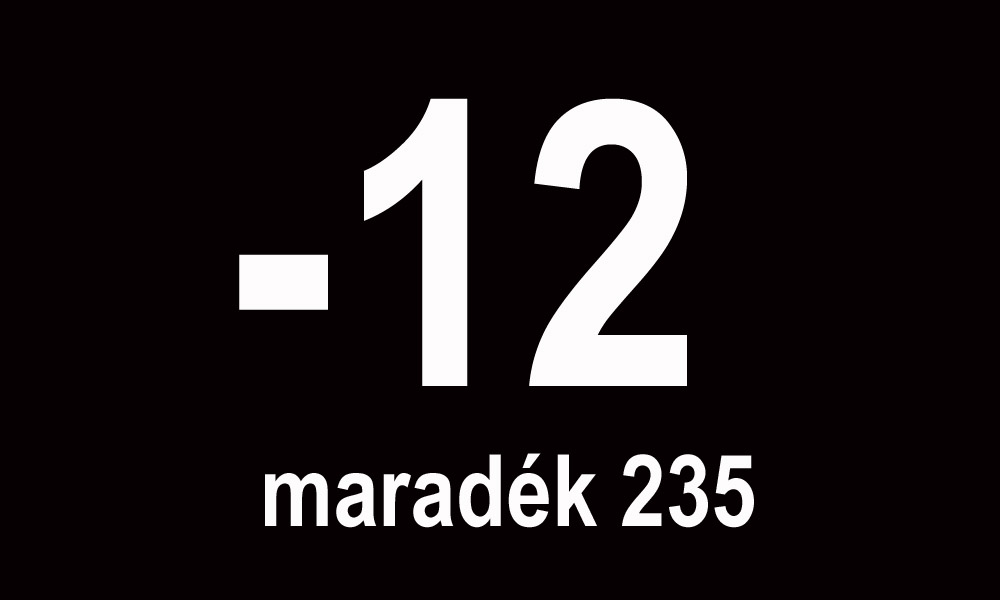Seventy years after the Holocaust ravaged Hungary, Budapest’s right-wing government is whitewashing the country’s wartime sins by building a garish monument to a past that never existed.

BUDAPEST, Hungary — Since late March, an almost daily drama pitting a large contingent of stern-faced policemen against a gathering of mostly gray-haired protesters has been playing out in downtown Budapest’s leafy Szabadsag, or “Freedom,” Square. On most afternoons, at the square’s southern end, where on warmer days small children splash around in a series of fountains, blue uniformed police form a protective cordon around the construction site of a small, partially finished monument. And every afternoon, these officers are joined by a group of protesters — on a recent sunny day, they numbered close to 100 — who join hands to form a perimeter of their own, circling the site as they sing along to communist-era protest songs played from a nearby sound system.
The monument in question is still mostly hidden behind a fence covered with white cloth, but designs shown to the public have revealed it to be an artistically challenged creation: Heavy-handed in its symbolism, kitschy in its execution, it depicts a wrathful eagle — intended to represent Germany — swooping down on the Archangel Gabriel, representing Hungary. Designed by sculptor Parkanyi Raab Peter, the monument is being built, the country’s right-wing government says, to honor the victims of Nazi Germany’s occupation of the country in March of 1944. But the protesters who spend their afternoons surrounding the statue say the monument is a historical outrage: that it whitewashes the deep and troubling role Hungary’s Nazi-sympathetic government played in the deportation of a massive number of Jews to Auschwitz in 1944, and depicts Hungary as an innocent victim of the Third Reich — not as the collaborator it was.
The monument, however, is just the tip of the iceberg, they say — a small part of a large-scale attempt to rewrite Hungary’s history, with a nationalist twist. Prime Minister Viktor Orban and his populist government, under pressure on their right flank from Jobbik, a popular, anti-Semitic far-right party, have embarked on an effort, critics say, to reconstruct the historical narrative through institutions from museums to theaters to concerts.
“The government is redoing history, redoing the cultural markers,” says Amy Brouillette, a researcher at the media studies center at Budapest’s Central European University. “That’s the sign of a real regime change.”
more: ForeignPolicy







 MMA countdown – Free Artists welcomes the resigned MMA-members!
MMA countdown – Free Artists welcomes the resigned MMA-members! TRANSZPARENCIÁT!
TRANSZPARENCIÁT!